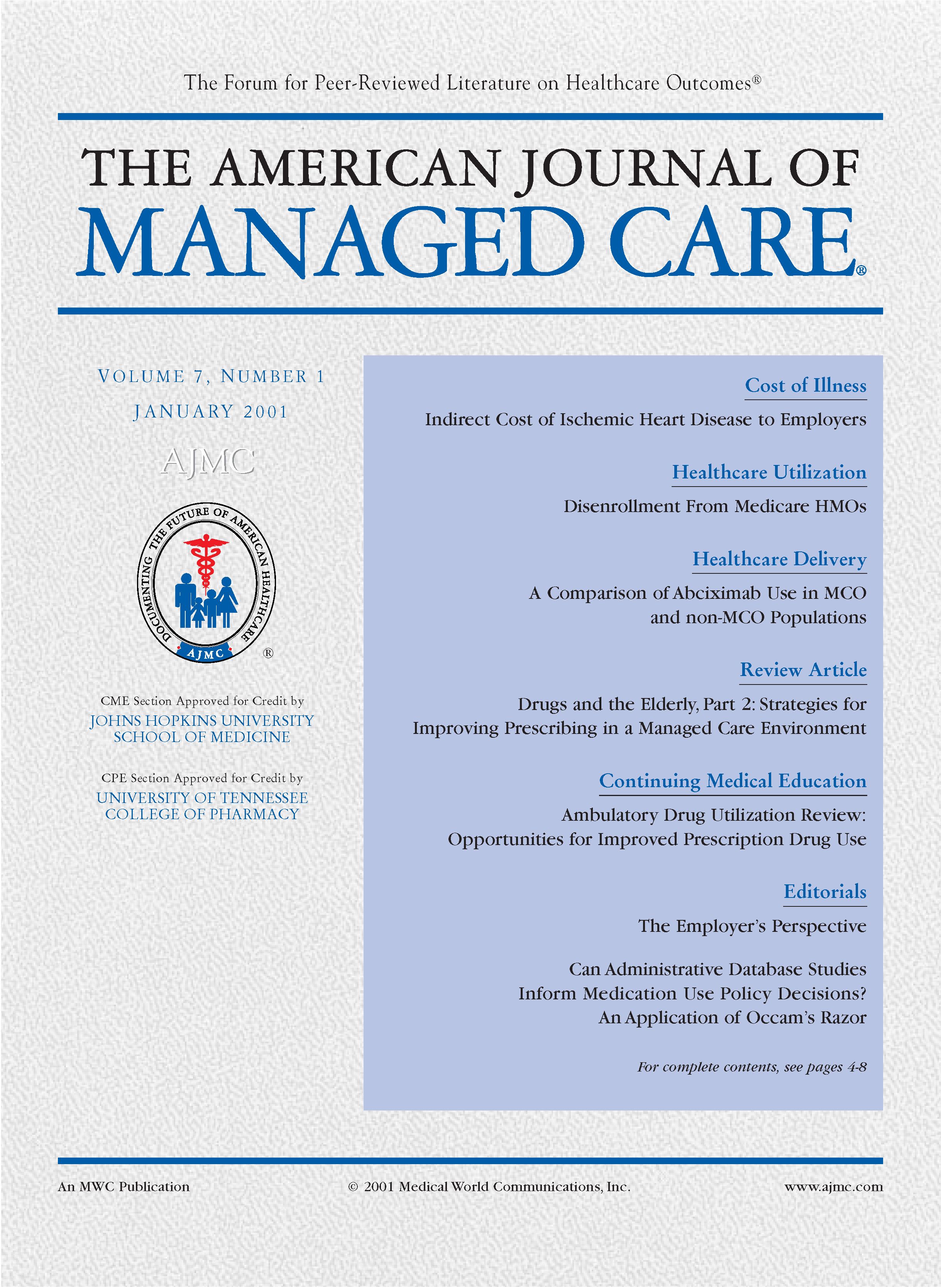- Center on Health Equity & Access
- Clinical
- Health Care Cost
- Health Care Delivery
- Insurance
- Policy
- Technology
- Value-Based Care
Is the Healthcare Workforce a Barrier to Cost Containment?
TO THE EDITOR
Montoya’s commentary, in which he attributes our failure to control healthcare costs to the duplicative nature of the health professions and their outdated regulations is provocative, at the very least.1 Clearly, the restrictive licensure and certification requirements of the health professions have everything to do with the economics of professional exclusivity and little to do with serving or protecting the public.
As a nursing educator, I was particularly troubled by Montoya’s observation that, according to the literature, after 2 years, associate degree nurses (ADNs) perform at the same level as bachelor’s degree nurses (BSNs). I know that this view is widely held (perhaps that’s why it’s so disturbing). Another way of interpreting the same literature, however, is that after 2 years BSNs perform at the same level as ADNs—in other words, those with more education regress to the level of those with less education. Two significant forces that impact performance are competence, derived initially through some form of education or training, and expectation, to which individuals rise or fall accordingly. As long as hospitals fail to differentiate expectations of ADNs and BSNs, their performance will arrest at the lowest common denominator. Thus, despite their additional years of education and extensive experience in complex patient care environments, despite their professional and interdisciplinary education in clinical management, leadership, policy formulation, and research, new graduates from bachelor’s degree programs are awarded exactly the same employment opportunities as new graduates of associate degree programs. With the notable exceptions of the military and a few forward-thinking health institutions, both kinds of graduates are given the same interview process, the same orientation, the same pay, the same title, and the same assignments. Why should anyone be surprised that after 2 years, they’re performing at the same level?
Nursing is an industry as well as a profession. Like banking, construction, communication, and other industries, the provision of care and comfort requires many people prepared at various levels. Banking, for example, requires investors, tellers, loan officers, managers, information management, and chief executive officers. They’re all in the banking industry and they all make change in the same way, but this does not mean that they are interchangeable. Similarly, in nursing there are many types of workers with various levels of preparation. They all take vital signs in the same way, but they bring different kinds and levels of sophistication and intellectual capital to the enterprise. No one questions the difference between physicians and physician assistants, dentists and dental assistants, lawyers and legal assistants. Indeed, nursing seems to be the only profession that fails to see a correlation between education and performance. No wonder graduates of baccalaureate programs, bored and frustrated, soon migrate to other industries (pharmaceutical companies, for example) that value the intellectual capital they bring from education in a 4-year college program. I agree with Montoya that there is a disconnect between the regulations (licensing, certification, state practice acts, etc) that govern professional activities (writing prescriptions, giving injections, vaginal deliveries, administering anesthesia) and the education for and deployment of expertise in relation to health needs. The real rub in nursing and the fundamental source of confusion for the healthcare industry, for the public, and for nurses themselves is that ADNs and BSNs sit for the same licensing exam. This is a travesty — professional nursing’s own lampoon, and unless the issue is addressed quickly, it ultimately will be nursing’s undoing.
Melanie C. Dreher, PhD, RN
Dean and Professor
University of Iowa
College of Nursing
Iowa City, IA
1. Montoya ID. Is the healthcare workforce a barrier to cost containment? Am J Manag Care 2000;6:971-972.

Trends in Hospital Pricing for Vulnerable Emergency Department Users, 2021-2023
December 4th 2025Self-pay emergency department prices rose significantly from 2021 to 2023, especially at for-profit and system-affiliated hospitals, highlighting growing affordability challenges for uninsured and underinsured patients.
Read More
Integrated Care for Chronic Conditions: A Randomized Care Management Trial
December 3rd 2025The authors sought to understand the differential impact of payer-led community-based care management approaches on stakeholder-oriented outcomes for publicly insured adults with multiple chronic conditions.
Read More

